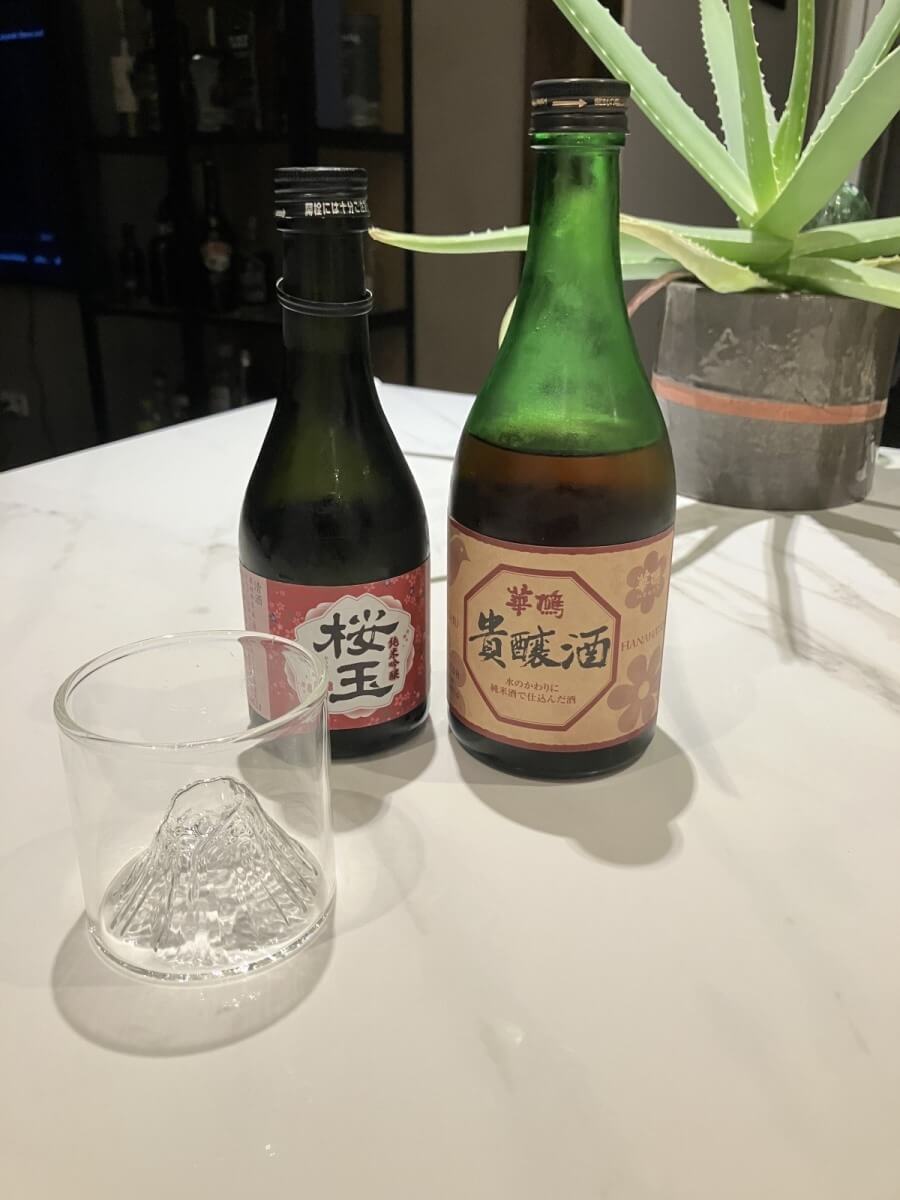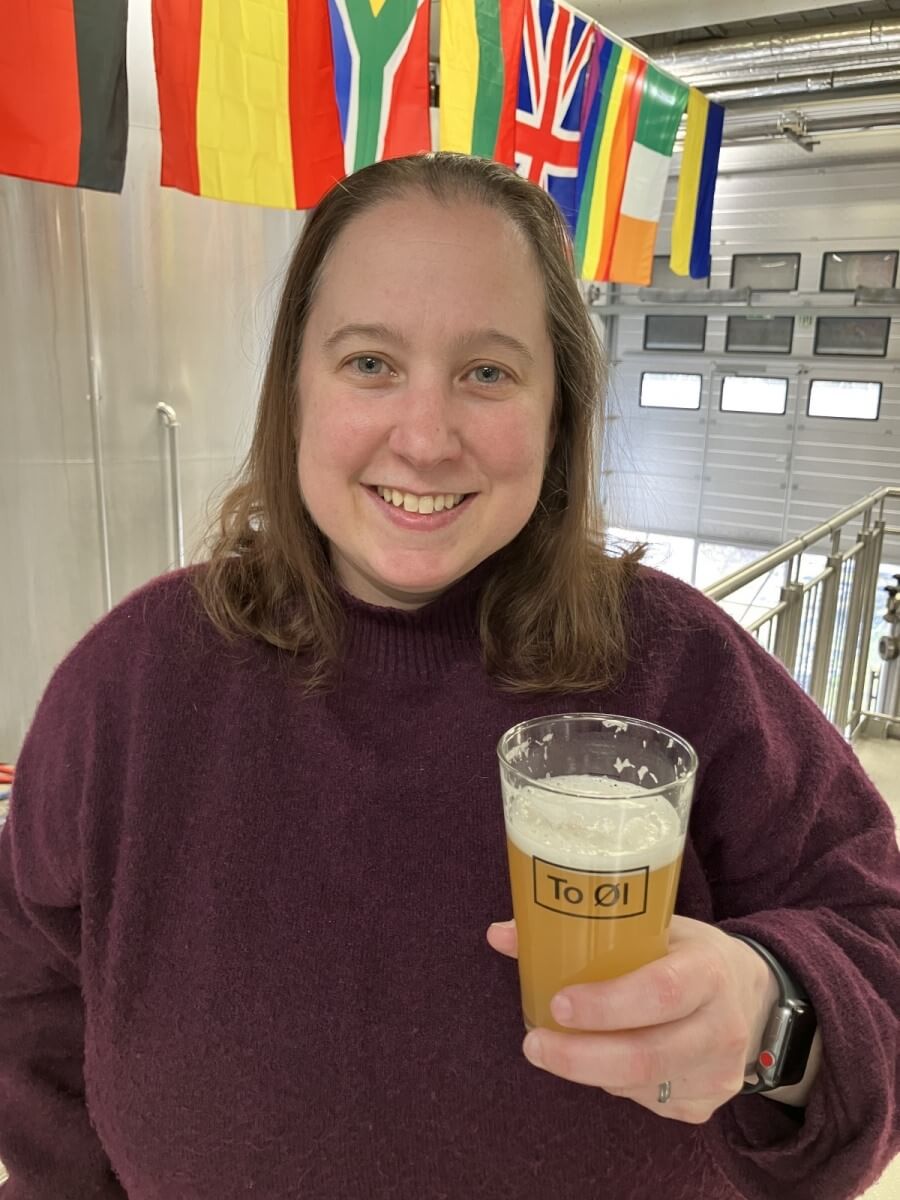Earlier this year, I had the opportunity through a Pink Boot Society scholarship to
enroll in the WSET Level 1 Sake program. Lately I’d been feeling like branching out,
and have known for some time that there’s a whole fascinating world of fermented
beverages outside of beer if I only take the time to look.
I already knew that I love to drink sake but have never known much about the variety
within the category. My goals for the course were to learn more about how it’s made
– principally in the ways it differs from beer - but also to gain a deeper understanding
for what styles of sake I like and to explore styles I’d never heard of.
The course was an entry level program, designed for people coming from very
different backgrounds. The program was fully online, and the way the course was set
up encouraged group chat. Later in the course we shared tasting notes from multiple
tasting sessions. Many of the people in the course were bartenders or sommeliers,
looking like me to branch out beyond their usual beverages.
The course was very brief when it came to how sake is produced, but it absolutely
exceeded my expectations in the tasting side. We were instructed to buy 6-8 sakes
of different styles, and the instructor helped us find online shops with decent
selections in our part of the world. We then had sessions where we compared the
different styles as well as covered sake and food pairing, and the impact of
temperature on different sake styles.
When we posted our tasting notes, we got detailed feedback from the instructor on
them. He taught us to outline our notes as one would for professional judging. There
are subtle differences in definition between beer and sake professional tasting
descriptions, but there’s no doubt that my training in beer gave me a huge advantage
in getting used to this. I was able to detect many distinct aromas in the samples I
bought, and then I compared my notes to the brands’ websites to continue to
develop my vocabulary for what I was tasting. One area where I found myself
struggling was with umami, which we don’t often experience in beer, but which is
common in sake.
The course has inspired me to want to learn more about sake production, as well as
to keep developing my tasting skills. At the end of the program, the instructor gave
me some websites to use for further reading on the production side. I’ve learned that
there are very few women working in sake in Japan, particularly at the toji (sake
brewmaster) level and I’m interested in reaching out to women there to learn more
about their experiences and how they compare with ours in beer in the US/Europe.
Tamar Banner
To Ol Brewery
National Member - Denmark



